Home>Gardening & Outdoor>Landscaping Ideas>How Did Increasing The Snakes Affect The Grass
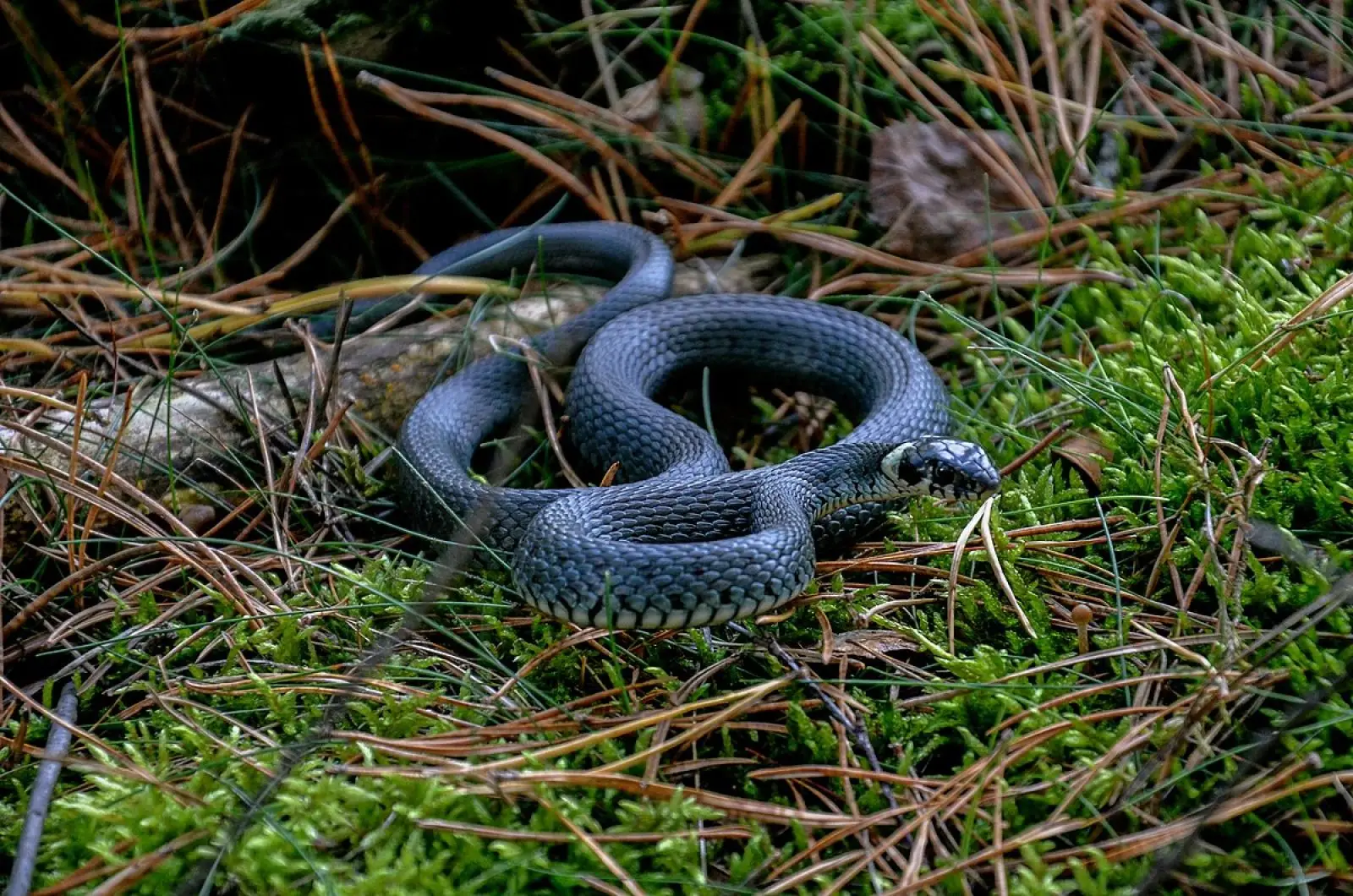

Landscaping Ideas
How Did Increasing The Snakes Affect The Grass
Published: February 2, 2024
Discover how increasing the number of snakes can positively impact your landscaping ideas and promote healthier grass growth. Explore effective strategies for incorporating snakes into your landscaping plans.
(Many of the links in this article redirect to a specific reviewed product. Your purchase of these products through affiliate links helps to generate commission for Storables.com, at no extra cost. Learn more)
**
Introduction
**
Welcome to the fascinating world of ecosystems and the delicate balance that exists within them. Today, we embark on a journey to explore the intriguing relationship between snakes and the growth of grass within their natural habitats. As we delve into this topic, we will uncover the pivotal role that snakes play in shaping the environment and understand how their increasing populations can impact the lush greenery that carpets the earth.
In the intricate tapestry of nature, every organism, no matter how small or seemingly insignificant, contributes to the harmonious functioning of the ecosystem. Snakes, often shrouded in mystery and misunderstood due to their notorious reputation, are integral components of various ecosystems around the world. Their presence reverberates through the food chain, exerting influence on the populations of their prey and predators alike.
Join us as we unravel the interconnectedness of these elements and shed light on the profound implications of increasing snake populations on the growth and distribution of grass. Through this exploration, we aim to gain a deeper appreciation for the complexity of nature and the profound impact of even the most enigmatic creatures on the landscapes we admire.
**
Key Takeaways:
- Snakes play a crucial role in ecosystems by controlling the populations of small animals and enriching the soil, which helps grass to grow and supports a diverse range of wildlife.
- Increasing snake populations can positively impact the growth and distribution of grass, contributing to the health and vitality of ecosystems, but it’s important to consider the broader ecological factors for conservation and management.
Read more: How Did Crop Rotation Affect Macroeconomy?
The Role of Snakes in Ecosystems
**
Snakes, often portrayed as menacing creatures in popular culture, fulfill crucial ecological roles that are essential for maintaining the balance of their respective ecosystems. These slithering reptiles are adept predators, preying on a variety of small animals including rodents, insects, and amphibians. By regulating the population of these prey species, snakes play a pivotal role in preventing unchecked population growth that could disrupt the delicate equilibrium of the ecosystem.
Furthermore, snakes themselves are subject to predation by larger animals such as birds of prey and mammals, making them integral components of the food chain. Their presence influences the behavior and distribution of their prey, shaping the dynamics of the ecosystem in profound ways.
Moreover, snakes contribute to nutrient cycling and energy transfer within ecosystems. As carnivorous predators, they play a part in the decomposition of organic matter through the consumption of prey, thereby releasing nutrients back into the environment. This process enriches the soil and fosters the growth of vegetation, including grasses, which are vital for the sustenance of numerous other species.
Additionally, snakes serve as indicators of environmental health. Their presence or absence can reflect the overall well-being of an ecosystem. A thriving snake population often signifies a balanced and biodiverse habitat, while a decline in snake numbers may signal underlying ecological disturbances that warrant attention and conservation efforts.
Understanding and appreciating the multifaceted roles of snakes in ecosystems is essential for fostering a holistic approach to conservation and biodiversity management. By recognizing the significance of these enigmatic reptiles, we can strive to preserve their habitats and contribute to the sustainability of the natural world.
**
The Impact of Increasing Snake Populations
**
The proliferation of snake populations within an ecosystem can have far-reaching implications that reverberate across various trophic levels and ecological processes. As snake numbers surge, their influence on the dynamics of the ecosystem becomes more pronounced, yielding both direct and indirect consequences.
One of the primary effects of increasing snake populations is the regulation of prey species. With more snakes actively hunting and consuming their prey, the populations of rodents, insects, and other small animals are effectively managed. This regulation prevents unchecked growth of prey populations, thereby mitigating potential overgrazing, crop damage, and competition for resources. As a result, the delicate balance of the ecosystem is preserved, ensuring the sustainability of plant and animal communities.
Furthermore, the presence of a thriving snake population can exert a cascading effect on the behavior and distribution of other species within the ecosystem. Prey species may alter their foraging patterns and nesting behaviors in response to the heightened predation pressure, leading to shifts in vegetation dynamics and resource utilization. These changes can ripple through the food web, influencing the abundance and distribution of other organisms, including those dependent on grasses for sustenance and habitat.
Moreover, increasing snake populations contribute to the enrichment of soil and the promotion of plant growth. As snakes consume prey species, the resulting nutrient cycling and decomposition processes enhance soil fertility, providing a conducive environment for the growth of vegetation, including grasses. This, in turn, supports diverse herbivorous populations that rely on grass as a primary food source, fostering a thriving and balanced ecosystem.
However, while the impact of increasing snake populations on ecosystems is predominantly beneficial, it is essential to consider the potential implications for human activities and land management practices. In agricultural settings, for instance, a surge in snake populations may necessitate measures to mitigate potential conflicts with farming practices and livestock management, highlighting the need for sustainable coexistence strategies.
By comprehensively understanding the impact of increasing snake populations, we can appreciate the intricate interplay between these fascinating reptiles and the broader ecological dynamics, paving the way for informed conservation and management efforts that uphold the integrity of natural systems.
**
Increasing the number of snakes in an area can help control the population of small mammals like mice and rats, which can in turn prevent overgrazing and damage to the grass.
Changes in Grass Growth and Distribution
**
The growth and distribution of grass within an ecosystem are intricately intertwined with the presence and activities of snakes, exerting a profound influence on the composition and structure of the surrounding landscape. As snake populations increase, the dynamics of grass growth and distribution undergo notable transformations, shaping the habitat for numerous plant and animal species.
One of the prominent impacts of increasing snake populations on grass growth lies in the regulation of herbivorous species. Snakes, as predators, play a pivotal role in managing the populations of herbivores that graze on grasses. By preying on herbivorous species such as rodents and insects, snakes help prevent overgrazing and unchecked herbivory, thereby safeguarding the health and vitality of grass populations. This regulation ensures the sustainable growth and regeneration of grasses, sustaining the foundation of the ecosystem’s plant community.
Furthermore, the presence of snakes can influence the behavior and spatial distribution of herbivorous species that rely on grass as a primary food source. The predation pressure exerted by snakes can prompt herbivores to modify their foraging patterns and habitat selection, leading to more balanced utilization of grassland areas. This, in turn, contributes to the maintenance of diverse and resilient grass communities, fostering a rich tapestry of plant life that supports a myriad of wildlife species.
Additionally, the activities of snakes contribute to nutrient cycling and soil enrichment, which directly impact the growth and vigor of grasses. As snakes consume prey species, they participate in the decomposition of organic matter, releasing essential nutrients back into the soil. This nutrient enrichment fosters robust grass growth, enhancing the overall productivity and biodiversity of the ecosystem. The flourishing grass populations, in turn, provide essential habitat and sustenance for a myriad of organisms, further enriching the ecological fabric of the environment.
It is important to recognize that while increasing snake populations can yield positive effects on grass growth and distribution, the intricate interplay of ecological factors necessitates a holistic understanding of the broader ecosystem. Factors such as climate, soil composition, and human activities can also influence the dynamics of grasslands, underscoring the need for comprehensive conservation and management strategies that consider the multifaceted interactions within the ecosystem.
By acknowledging the intricate relationship between increasing snake populations and grass growth, we gain valuable insights into the complex web of ecological interactions, paving the way for informed conservation practices that uphold the vitality and resilience of grassland ecosystems.
**
Conclusion
**
Our exploration into the interplay between increasing snake populations and the growth of grass within ecosystems has unveiled a captivating tapestry of ecological dynamics. From the pivotal roles of snakes in regulating prey populations to their profound impact on the growth and distribution of grass, we have gained a deeper appreciation for the intricate connections that shape natural landscapes.
Snakes, often shrouded in myth and misconception, emerge as vital stewards of ecological balance, contributing to the sustainability and resilience of their habitats. Their predation on herbivorous species serves as a linchpin for preventing unchecked population growth, safeguarding the health of grass populations and the broader plant community. Moreover, the enrichment of soil and nutrient cycling facilitated by snakes fosters robust grass growth, nurturing diverse and vibrant ecosystems teeming with life.
As we reflect on the implications of increasing snake populations, it becomes evident that these enigmatic reptiles wield a profound influence that extends far beyond their serpentine form. Their presence orchestrates a symphony of ecological interactions, shaping the fabric of the natural world and underscoring the delicate balance that sustains life.
It is imperative to recognize the need for comprehensive conservation and management strategies that honor the intricate relationships between snakes, grasses, and the broader ecosystem. By fostering an understanding of these complex interactions, we can champion initiatives that preserve the biodiversity and integrity of natural landscapes while promoting sustainable coexistence between wildlife and human activities.
As we marvel at the verdant expanses of grasslands and the sinuous grace of snakes, let us embrace a harmonious vision of cohabitation, where every creature, no matter how misunderstood, is celebrated for its indispensable role in the grand tapestry of life.
Through our continued stewardship and reverence for the natural world, we can ensure that the mesmerizing dance between snakes and grasses endures as a timeless testament to the enduring beauty and resilience of our planet’s ecosystems.
Frequently Asked Questions about How Did Increasing The Snakes Affect The Grass
Was this page helpful?
At Storables.com, we guarantee accurate and reliable information. Our content, validated by Expert Board Contributors, is crafted following stringent Editorial Policies. We're committed to providing you with well-researched, expert-backed insights for all your informational needs.
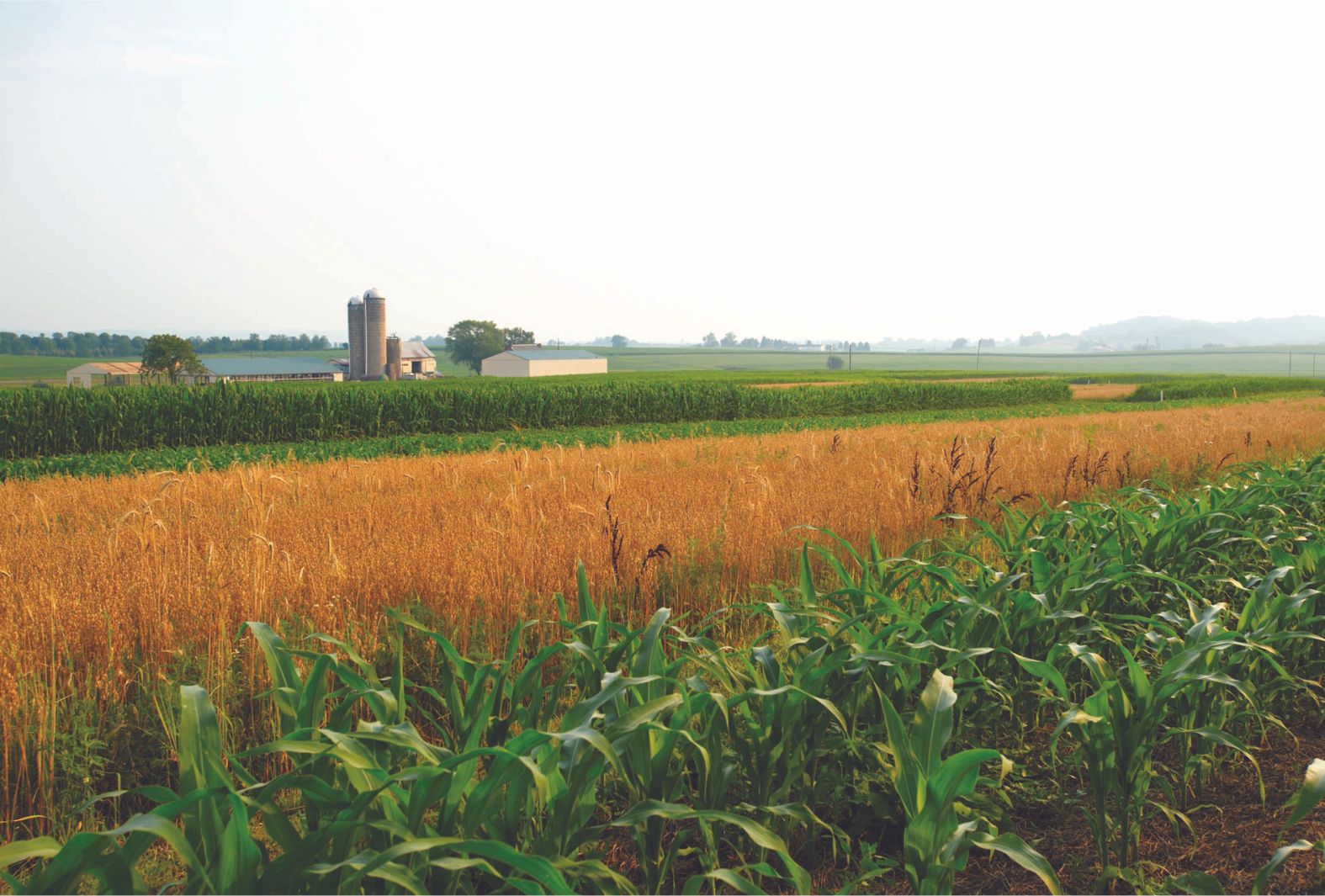
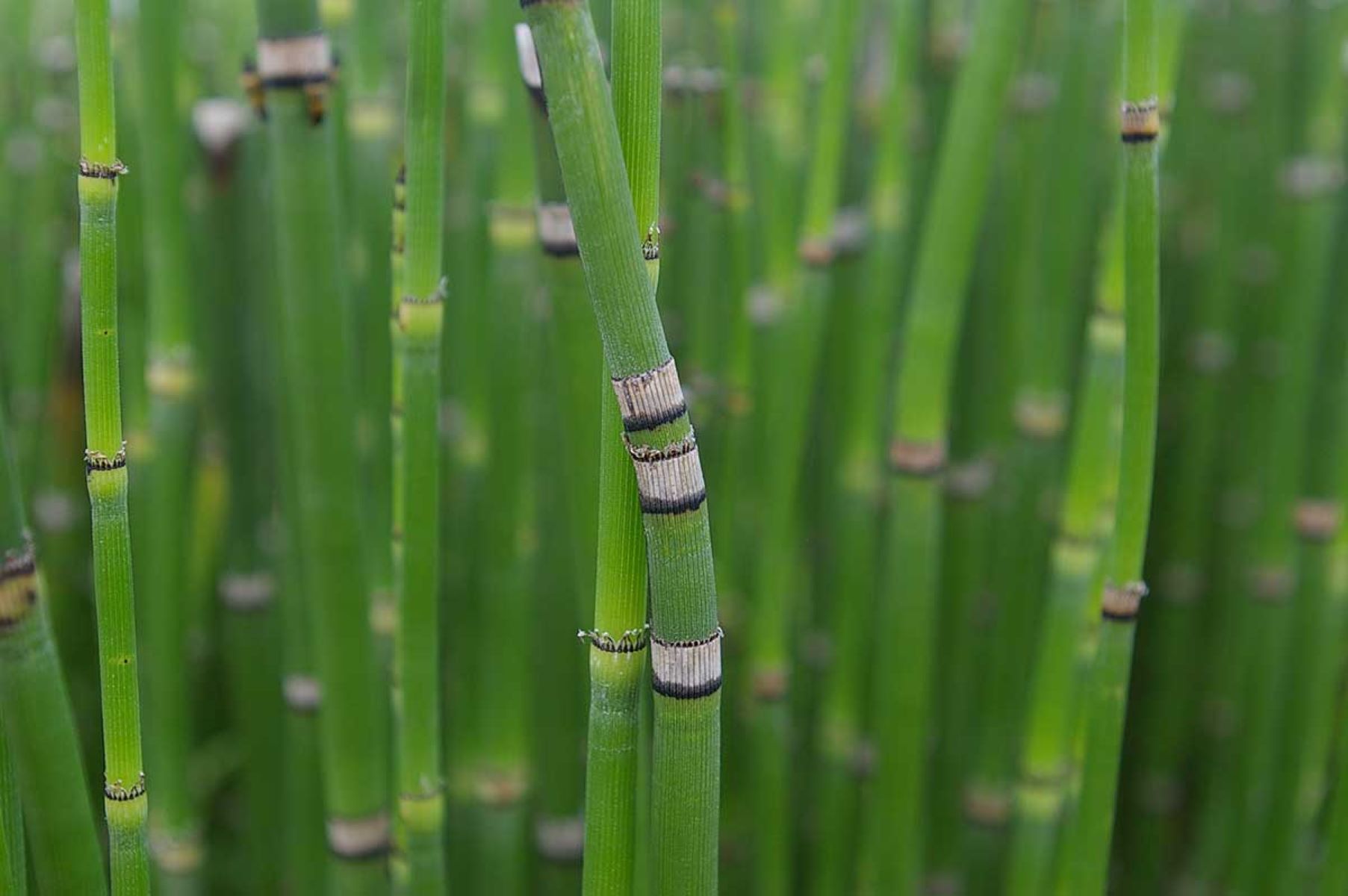

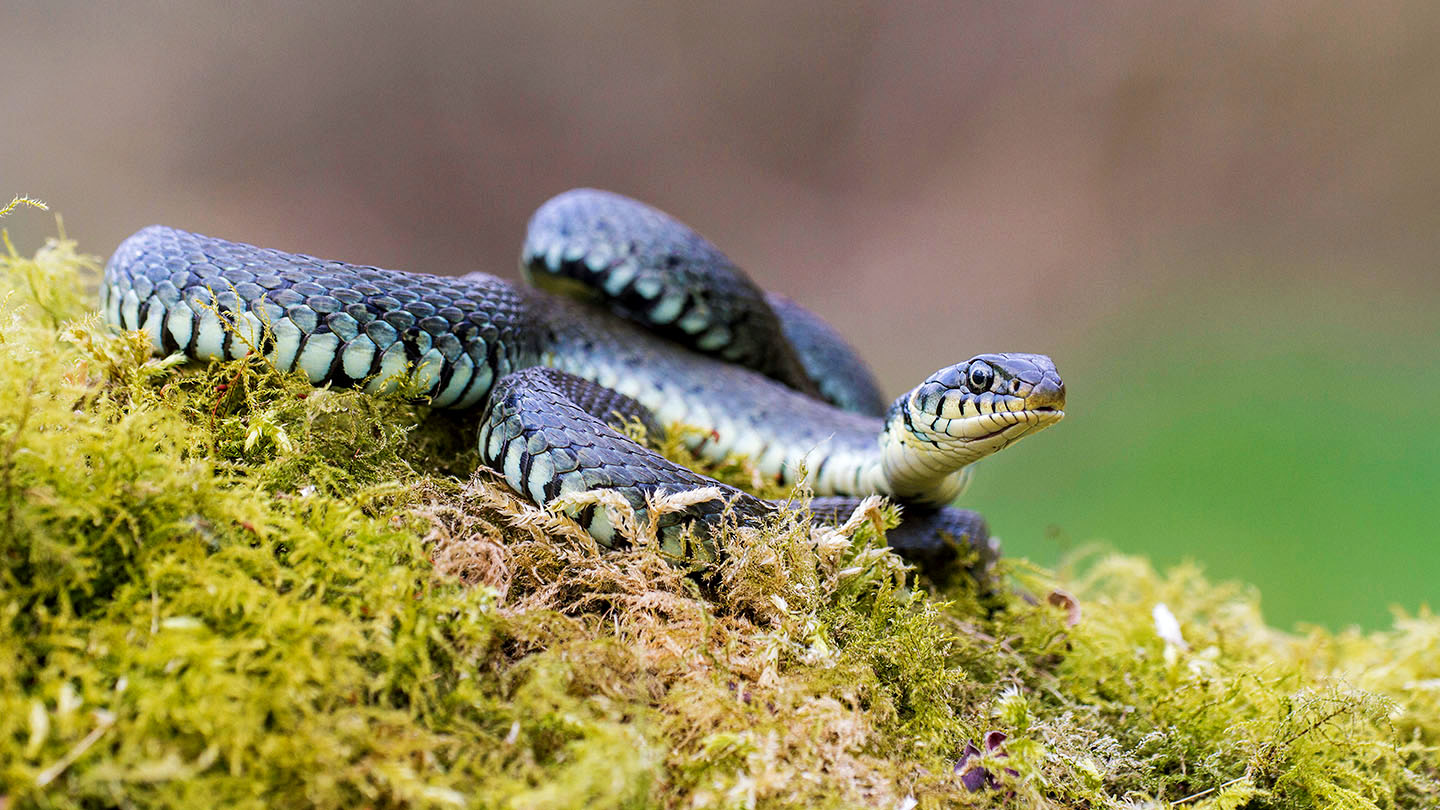



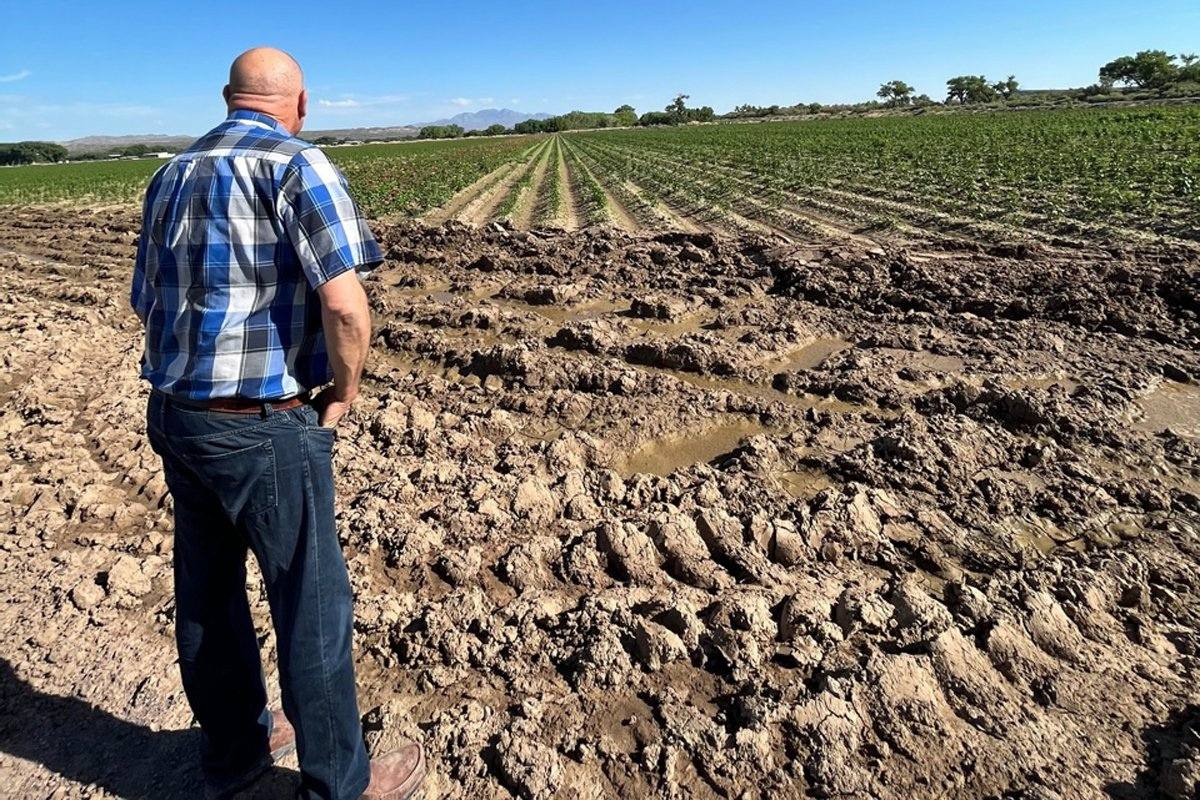


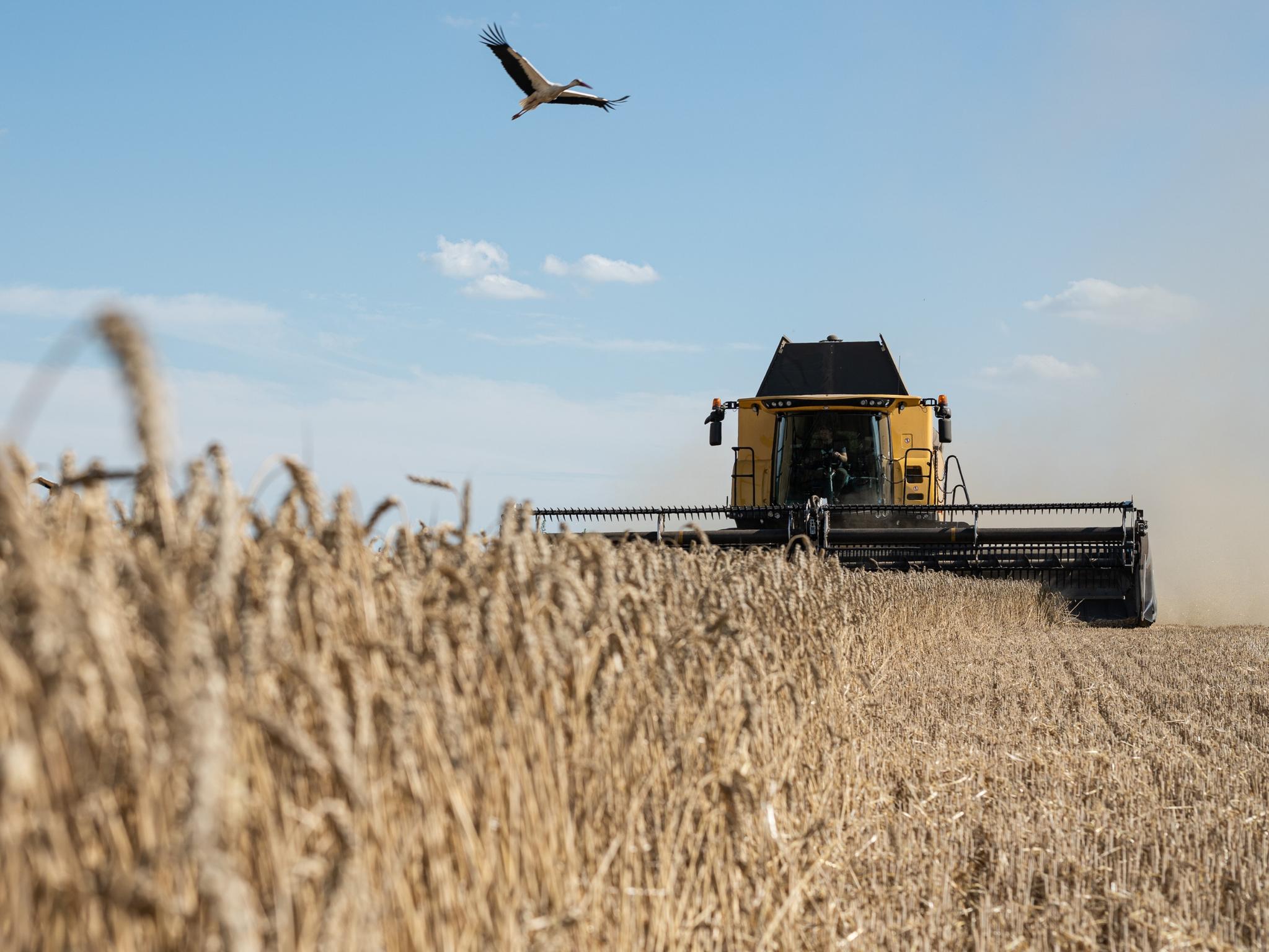


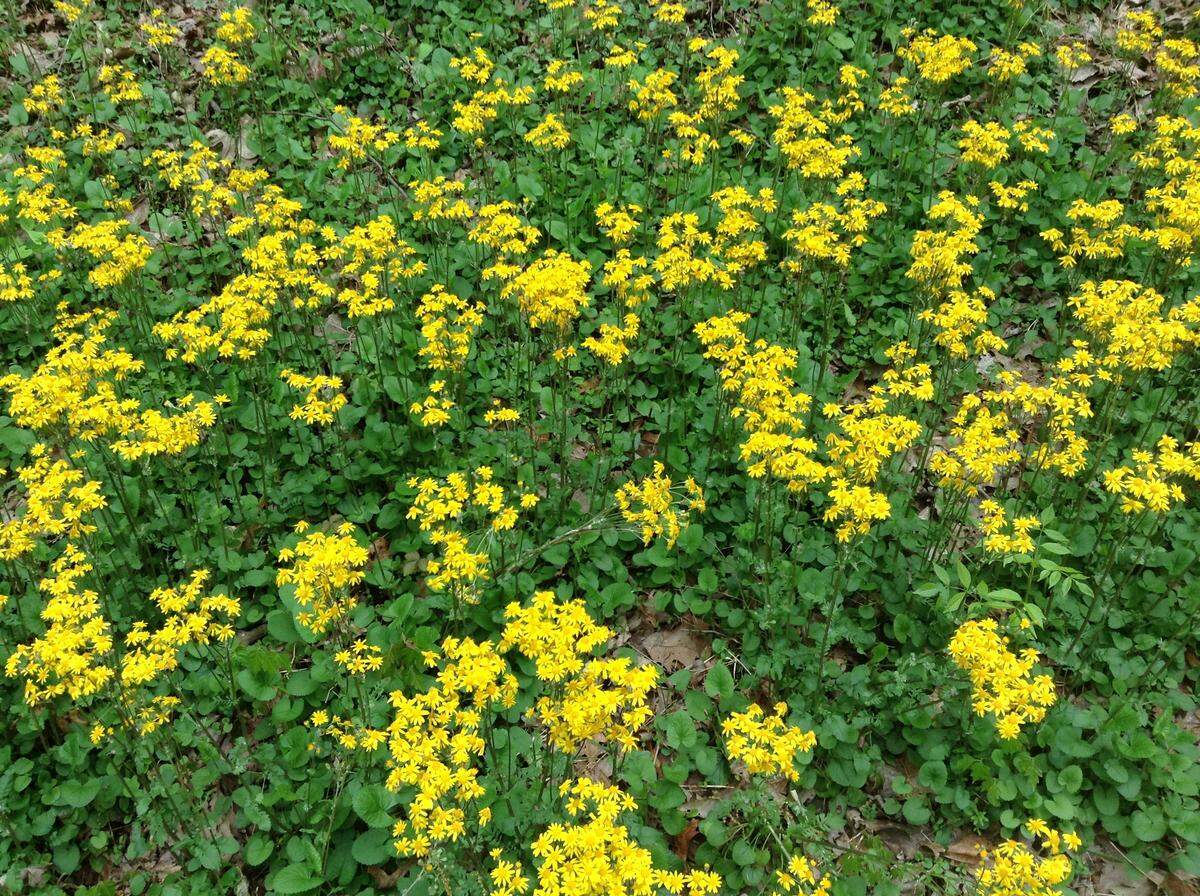
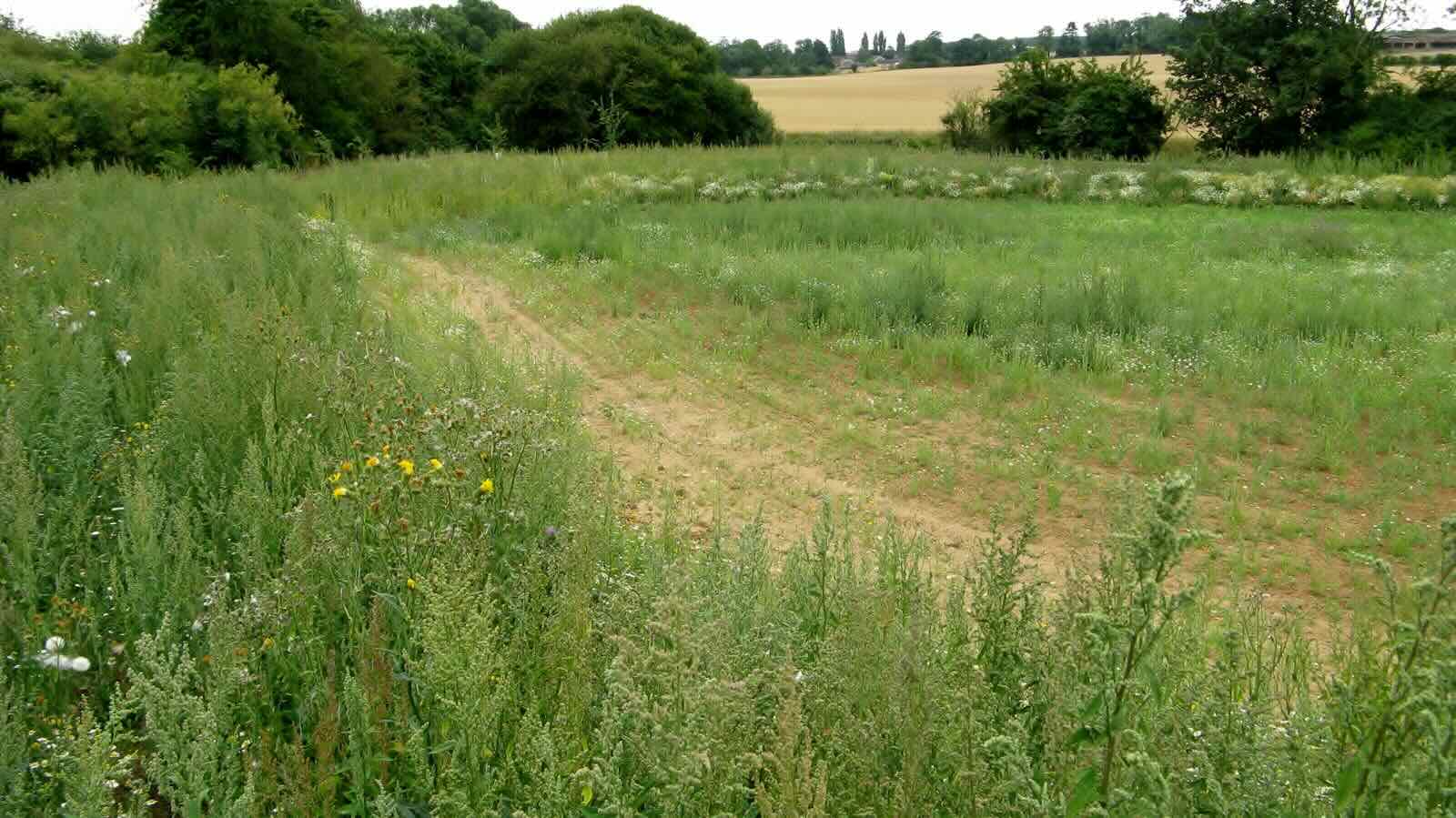

0 thoughts on “How Did Increasing The Snakes Affect The Grass”